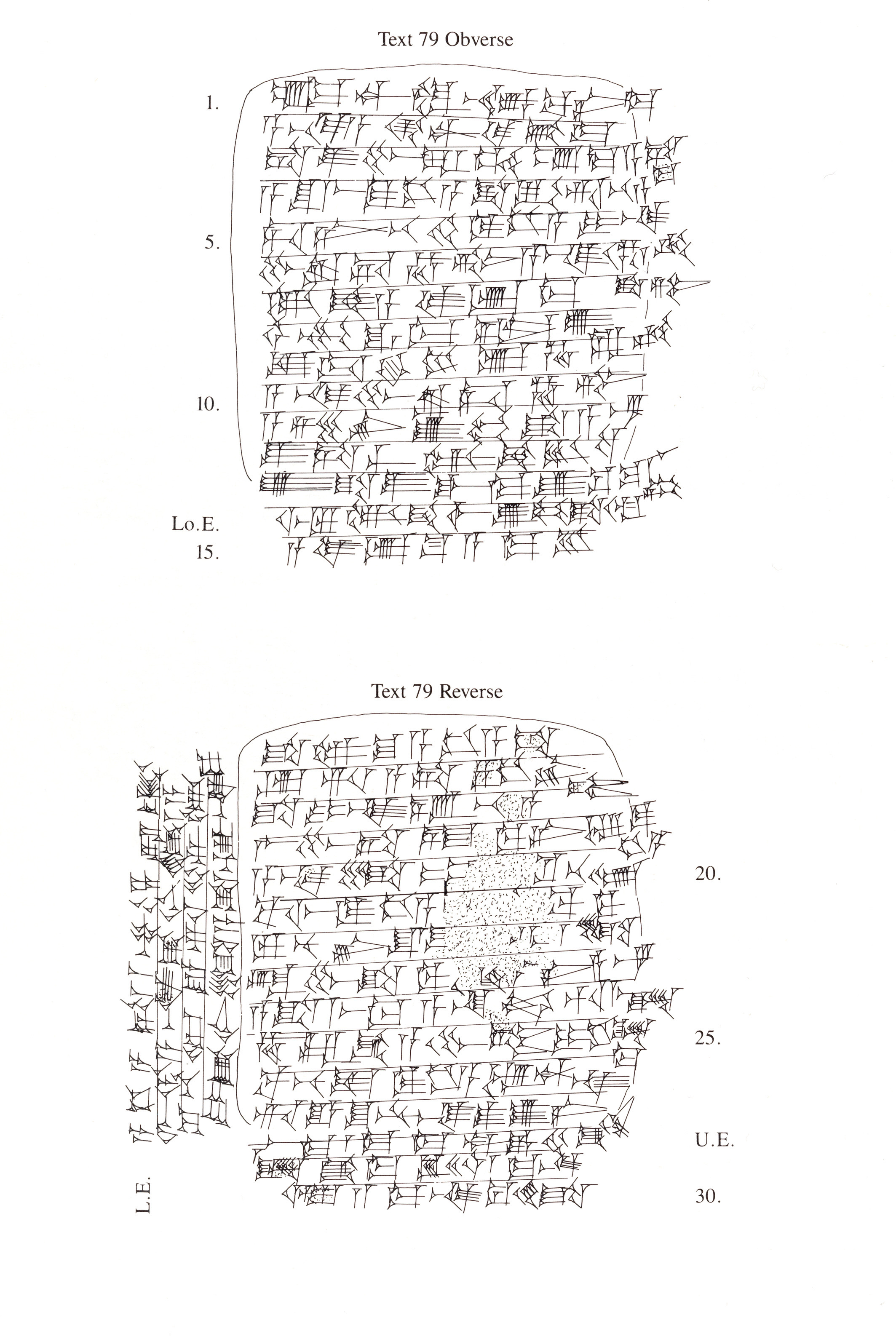Cuneiform tablet: private letter
Not on view
Kültepe, the ancient city of Kanesh, was part of the network of trading settlements established in central Anatolia by merchants from Ashur (in Assyria in northern Mesopotamia) in the early second millennium B.C. Travelling long distances, and often living separately from their families, these merchants traded vast quantities of goods, primarily tin and textiles, for Anatolian copper and other materials. Although the merchants adopted many aspects of local Anatolian life, they brought with them Mesopotamian tools used to record transactions: cuneiform writing, clay tablets and envelopes, and cylinder seals. Using a simplified version of the elaborate cuneiform writing system, merchants tracked loans as well as business deals and disputes, and sent letters to families and business partners back in Ashur. At Kültepe, thousands of these texts stored in household archives were preserved when fire destroyed the city in ca. 1836 B.C. Because the tablets document the activities of Assyrian merchants, they provide a glimpse into the complex and sophisticated commercial interactions that took place in the Near East during the beginning of the second millennium B.C.
This tablet is one of the many letters that come from Kültepe and attest to the communication of merchants across long distances. In the cuneiform text, which reads left to right, Ilabrat-bani writes to Amur-ili, a transporter from a well-known merchant family, to update him concerning textiles delivered to another trading settlement, to request garments for himself, and to offer advice for travel. Writing covers the entire surface of the tablet, including the sides. Small tablets with crammed writing are common at this time, probably because these messages – along with items for trade – had to be carried across long distances.
Due to rights restrictions, this image cannot be enlarged, viewed at full screen, or downloaded.
This artwork is meant to be viewed from right to left. Scroll left to view more.



